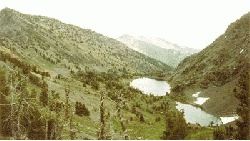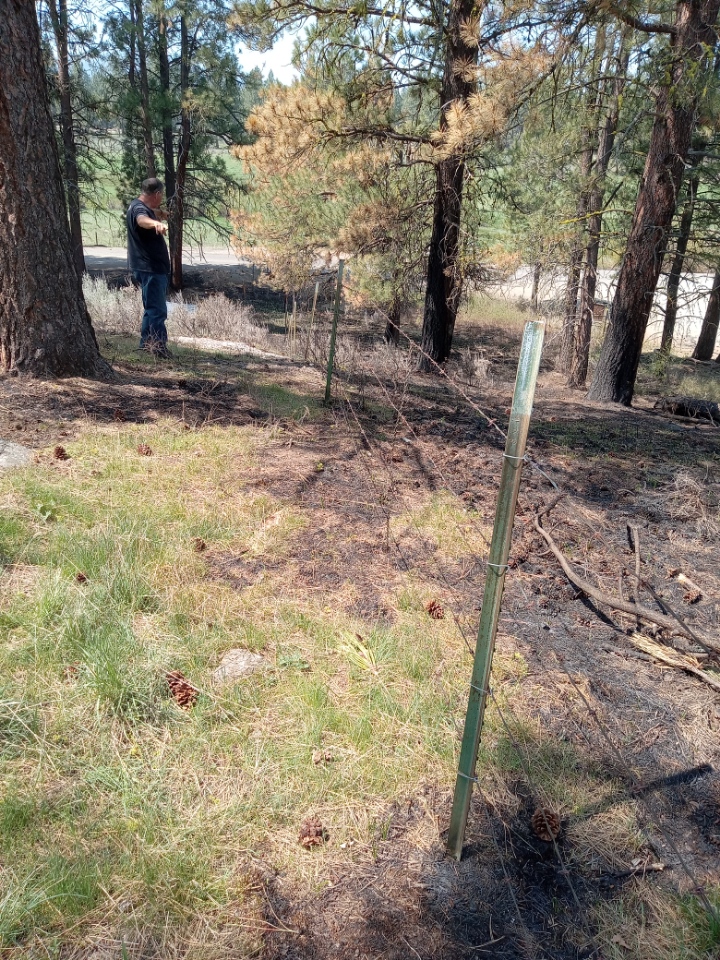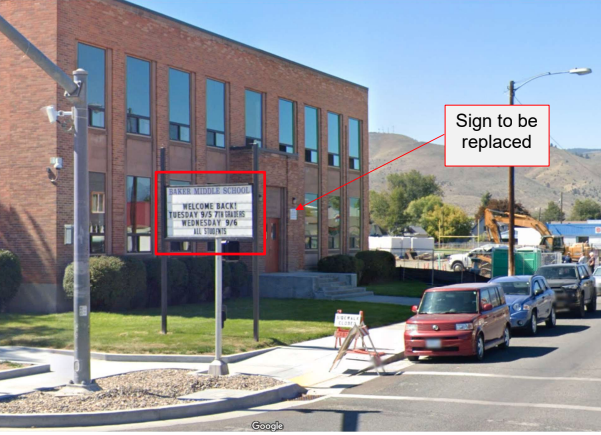Thinning plan hits a snag
Published 12:00 am Thursday, March 13, 2003

- Environmentalists are critical of elements of a plan to reduce the fire threat on Lake Creek, which drains the Twin Lakes (above) of the Elkhorns into the Powder River. (Courtesy ODFW).
By JAYSON JACOBY
Of the Baker City Herald
U.S. Forest Service officials have prescribed a cure for threatened bull trout in an Elkhorn Mountain stream.
Cut some trees, light a few prescribed fires, and call me in a couple years.
But environmental groups say that’s a strategy for sickness, not health.
They contend the Forest Service’s plan to cut mature trees with commercial value would increase the fire threat along Lake Creek, a Sumpter Valley tributary of Powder River, rather than reduce that risk as agency officials claim.
Environmentalists urge the Forest Service to cut only younger trees, which are most vulnerable to fire but also too small to sell to mills. They suggest that non-commercial cutting, along with prescribed fire, will thin overcrowded forests and protect the fish.
Forest Service officials first sought public comment on the Baboon project (named for a creek one ridge over from Lake Creek) in July 2002.
But they delayed it soon after so they could expand the environmental study for the 8,700-acre area, said Joanne Britton, environmental coordinator at the Wallowa-Whitman National Forest’s Whitman Unit office in Baker City.
Copies of the revised study are available by calling Britton at 523-1929. The Whitman Unit will accept public comments through April 9. Written comments should be mailed to: District Ranger, 3165 10th St., Baker City, OR, 97814, or faxed to 523-1965.
Most of the new information describes ways logging and prescribed fires could affect the ground surface and the soils beneath, Britton said.
Environmental groups have criticized the Forest Service for failing to adequately study such effects in previous projects.
Last spring, for example, four groups appealed the Forest Service’s plan to log and light prescribed fires in Stices Gulch, near Dooley Mountain south of Baker City.
Forest Service officials postponed the Stices Gulch project so they could add the soil surveys. They released the revised plan to the public last month, and will accept comments through the end of March, Britton said.
Although the Stices Gulch and Baboon projects resemble one another, the latter area contains bull trout while the former does not.
That’s an important distinction, because the federal Endangered Species Act requires the Forest Service to take special precautions when it works in areas where bull trout live.
The bull trout in question swim in Lake Creek, which, like the neighboring Baboon Creek, flows into Deer Creek.
Deer Creek empties into Phillips Reservoir just west of Union Creek campground.
According to Whitman Unit officials, the forests on both sides of Lake Creek are overcrowded, and therefore vulnerable to wildfires, tree-killing insects and disease.
A fire that swept across the steep slopes above the creek could consume the trees, shrubs and grasses whose roots bind the soil and prevent mudslides during summer thunderstorms and the spring snowmelt, according to the Forest Service’s study.
With no plants left to stabilize the streambanks, post-fire floods could dump tons of ash and mud into the creek, harming bull trout and their habitat, according to the Forest Service.
Britton said Forest Service officials believe they can reduce the risk of catastrophic wildfire by cutting some of those smaller trees, particularly the fire-prone firs, and leaving the healthier, fire-resistant ponderosa pines and tamaracks still standing after past timber sales.
Although the trees slated for removal in the Baboon project are relatively small on average, many are large enough to be milled.
Forest Service officials plan commercial logging on about 800 acres, and they estimate the project will produce 2 million to 2.5 million board-feet of timber.
They also want to andquot;precommercially thinandquot; about 1,400 acres cutting trees too small for mills, the strategy environmental groups prefer.
Those groups also endorse the other primary weapon in the Forest Service’s arsenal: fires, ignited at times and places where firefighters can control the flames.
Officials want to use prescribed fires to burn both logging slash and combustible debris in places that aren’t logged.
In their written responses to the Forest Service’s original Baboon environmental study, Doug Heiken of the Oregon Natural Resources Council and Lisa Dix, a former employee of the Hells Canyon Preservation Council, both questioned whether commercial logging is necessary to reduce the wildfire risk.
In her comments, Dix claims the Forest Service wants to cut larger, more valuable trees to defray the expense of using helicopters to remove some of the timber.
Both she and Heiken claim that cutting mature trees would not reduce the fire risk.
andquot;Larger trees are not the primary fire/fuels hazards because they do not contribute to fire spread,andquot; Dix wrote.
Hells Canyon Preservation Council continues to oppose that portion of the Forest Service’s plan, said Brett Brownscombe, conservation director for the council, which is based in La Grande.
In her response to the comments, Britton wrote that the Forest Service intends to leave the andquot;biggest and best treesandquot; in the Baboon area.
The average diameter of trees slated for logging is 10 to 14 inches, said Britton, who writes responses with help from the other Forest Service employees who designed the Baboon project.
Britton also pointed out that Forest Service rules prohibit cutting trees larger than 21 inches in diameter, except when necessary to protect loggers or the public.
In responding to Dix and Heiken’s assertions that the Forest Service should cut only small trees too small to sell to mills, Britton wrote that tree size should not dictate the agency’s strategy.
andquot;A wildfire does not burn just the small material,andquot; she wrote. andquot;High fuel loadings are related to overstocked stands, regardless of (tree) diameter.
andquot;In the professional judgment of the (Forest Service) planners, removing small AND large fuels while leaving the biggest and healthiest trees is right.andquot;
Dix and Heiken also discussed in their comments the Forest Service’s intention to use National Fire Plan money on the Baboon project.
They wrote that the agency would better use those federal dollars to reduce the fire risk near towns and homes, rather than in what they describe as an andquot;uninventoried roadless area.andquot;
In her response, Britton wrote that although the Baboon project does not border a town, it is adjacent to the Baker City watershed, and contains bull trout, a threatened species.
History of crowded woods
Overcrowded conditions developed in the nation’s forest over the past century as the Forest Service adhered to well-intentioned, but sometimes misguided, policies, officials said.
Perhaps the definitive example is the agency’s attitude toward fire.
Almost from its inception in 1905, the Forest Service strived to extinguish every fire as soon as possible.
Such a strategy satisfied Smokey Bear, but by taming the flames that used to burn debris on the forest floor every few decades, the Forest Service allowed thick layers of needles, twigs and limbs to accumulate in many places, including the slopes around Lake Creek.
By excluding fire, the Forest Service also paved the way for smaller trees, primarily firs that rarely survived those periodic blazes of the past, to thrive and to form fast-burning thickets.
Were lightning or a careless person to spark a fire in such a thicket now, those stacks of tinder could feed a blaze that grows too fast for firefighters to stop while it’s still small.
But the absence of fire is not the only factor that contributed to today’s dilemma.
From the 1960s through the 1980s the Forest Service allowed loggers to cut many of the larger trees, which are more likely to survive a wildfire than smaller trees left.
What’s left are forests dominated by trees that probably wouldn’t survive a fire, but are also more susceptible to insects and disease.





